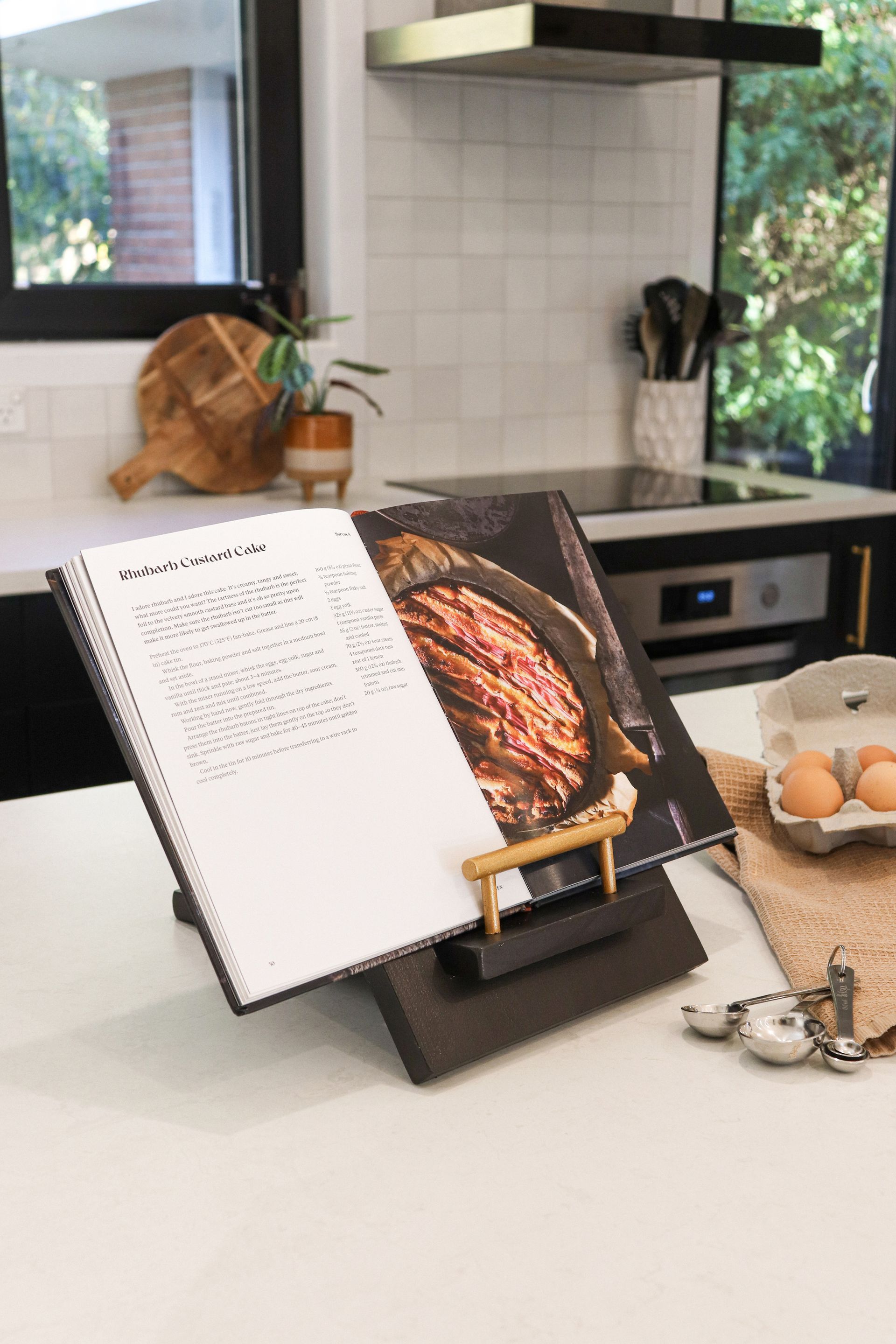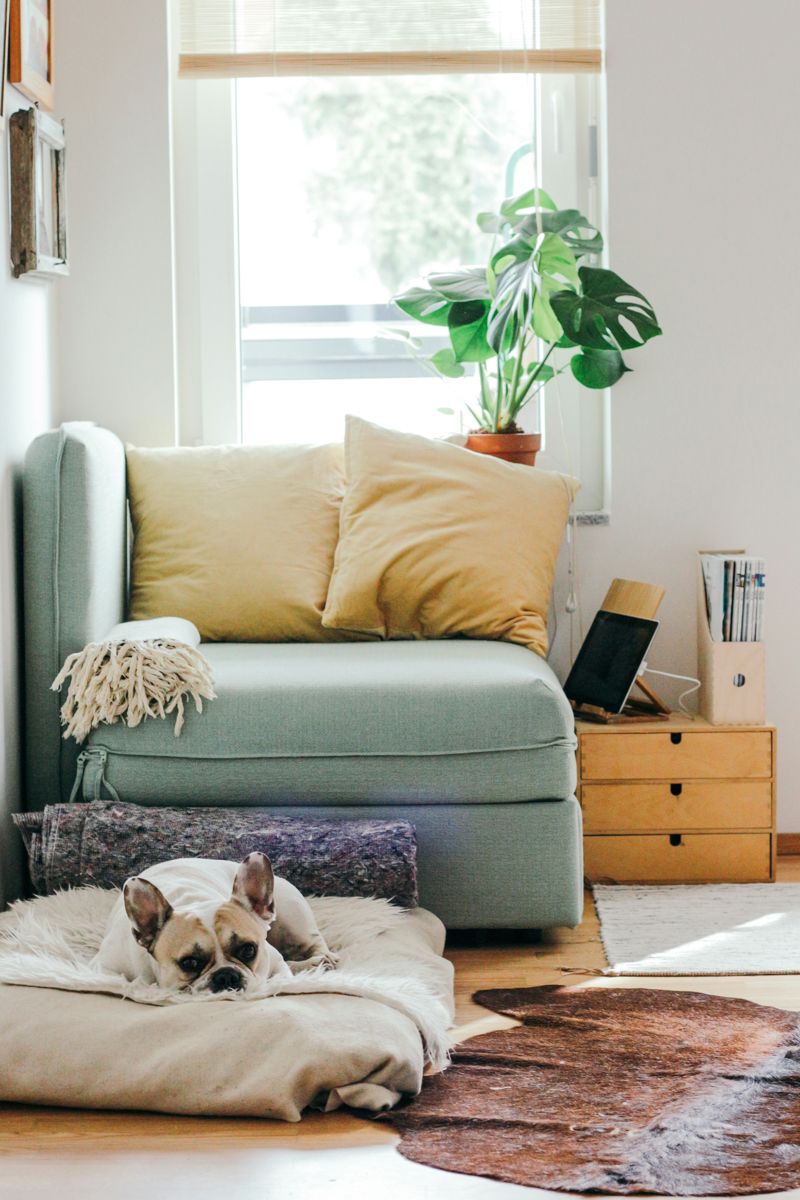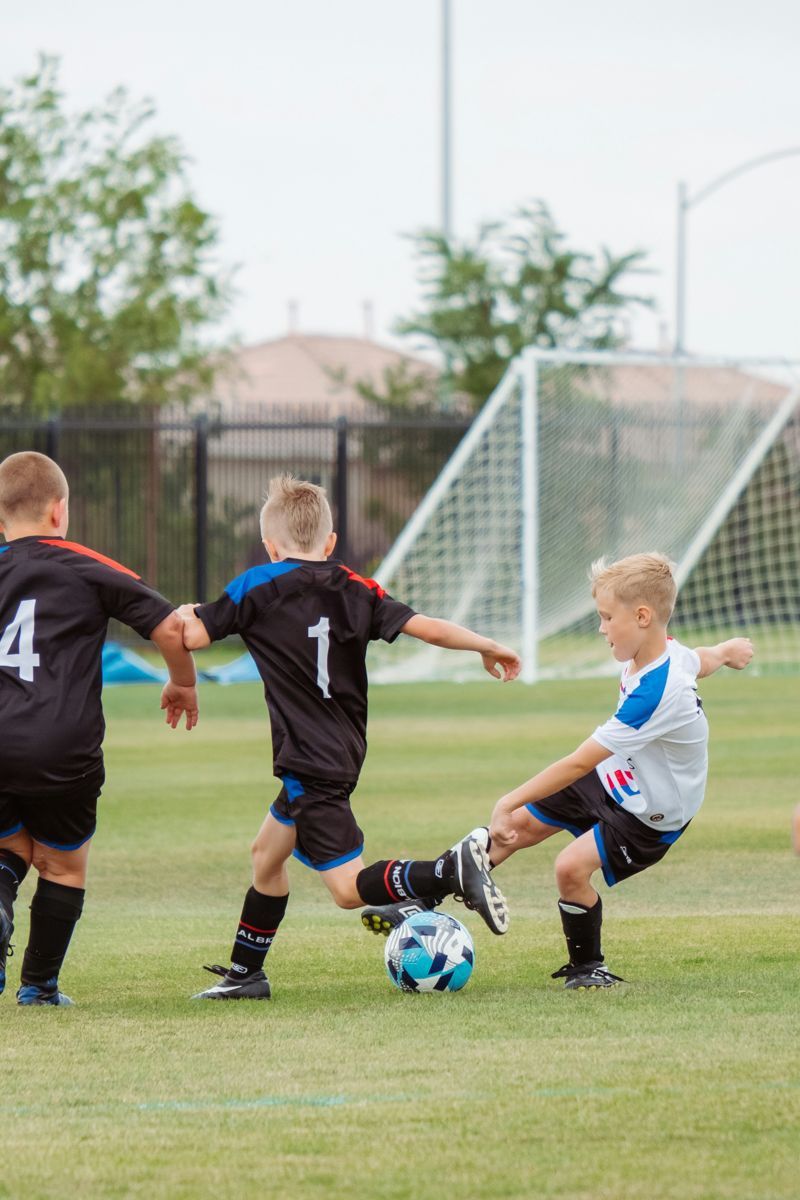Nothing should get in the way of enjoying our outdoors, least of all uncomfortable shoes! Leading New Zealand family-owned business Nevada Sport are passionate about inspiring others to get into the outdoors, while caring for New Zealand’s great outdoors along the way.
When Hamish Cochran first established Nevada Sport Ltd in 1978, it was out of necessity. As one of the pioneers of freestyle skiing, telemark skiing, cross country skiing and snowboarding in New Zealand, his goal was to bring to the country highly technical products that weren’t available here.
While Nevada Sport was introducing telemark skiing to the New Zealand market, they struck up a relationship with the US operated Merrell brand, who were already renowned for their excellent telemark and hiking boots. The pioneering spirit of both brands has seen ties with Merrell flourish, and continues to this day, more than 35 years later.
It wasn’t long before Merrell's purpose-designed footwear were soon on the feet of outdoor enthusiasts all over New Zealand. In 2008 Merrell's technical apparel was introduced, offering garments which get people outside, whatever the weather.
Kiwis have always embraced the outdoors, and over the last four decades, this has broadened to include all types of activities and environments. To meet the growing demand, Nevada has introduced more versatile products that focus on the outdoor, travel and leisure market – which includes tramping, backpacking, speed hikes, trail running, adventure racing, aquatic activities, travel and aftersport.
While Merrell NZ, who celebrated their 40th anniversary last year, exist to inspire everyone to explore the outdoors no matter who you are, where you came from or how you move, they also strive to be a dedicated steward of our environment, with a commitment to sustainability and recycling that extends well beyond the office recycling bin.
With an aim to reduce the impact of every footprint they help create in the world, this starts with using as much recycled content as possible in their product while balancing performance and durability.
From utilising recycled polyesters (from sources including single use water bottles salvaged from the ocean) rubber outsoles that are made from recycled post-industrial rubber offcuts, recycled EVA rubbers, waste free and water saving manufacturing processes and using natural, renewable materials, such as wool and cotton, the goal is to provide the best possible product while preserving the trail for future generations. Merrell are also strong believers that durability is at the core of sustainability, and pride themselves on creating products that hold up to extensive wear, which means fewer products in the waste stream over time.
As part of their commitment to sustainable development practices, Merrell are proud members of the Outdoor Industry Association, the Leather Working Group, and the Sustainable Apparel Coalition, which are all helping to grow the voice of outdoor and environmental advocacy and promote sustainable practices in the industry.
Merrell NZ is also proud to support the Pest Free Banks Peninsula Project, who are working tirelessly to eliminate possums so that local fauna and flora can flourish, by providing gear and financial support.
So put your phone on the charger, check your excuses at the door, and whether you’re hiking the closest mountain, or walking around town, get out there and do what you love, and do it often with your Merrell gear.
For more information, visit www.merrell.co.nz.
Recent stories








